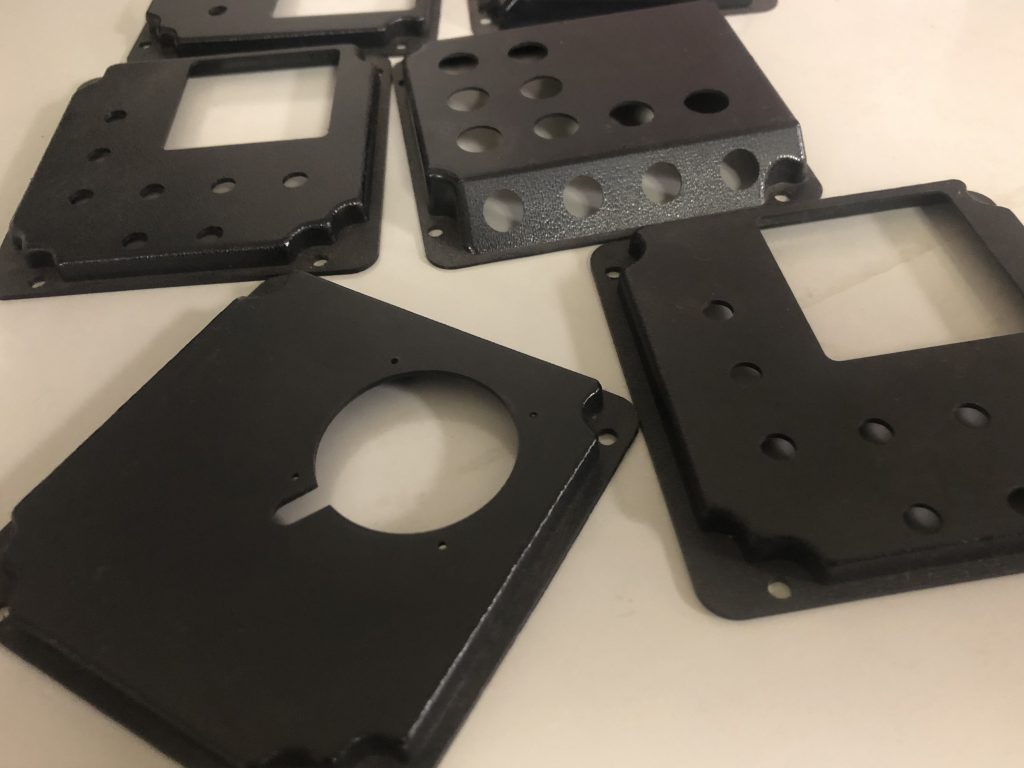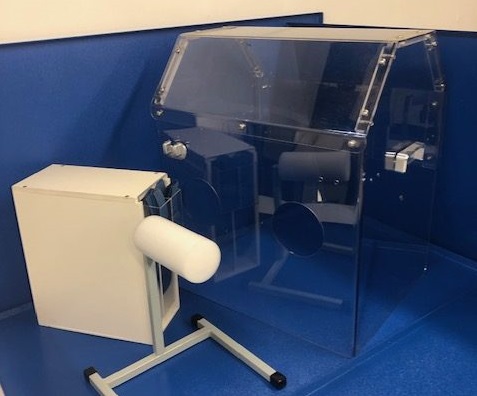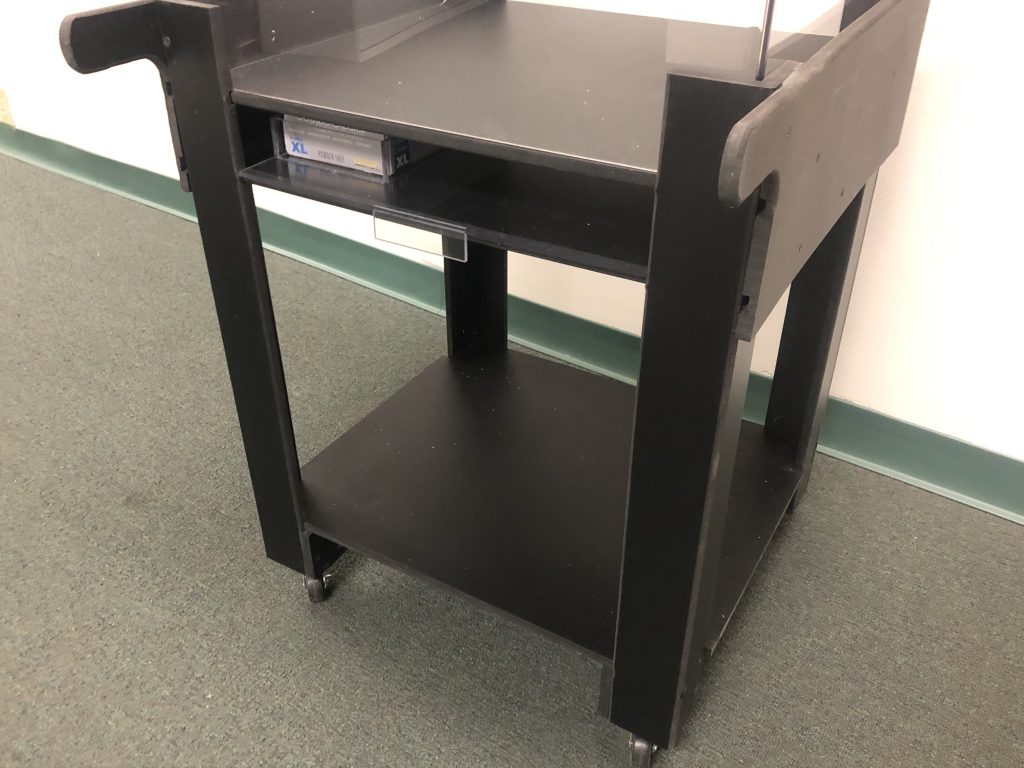For years plastics have been consistently paving their way into our everyday lives. Everything from commercial to consumer electronics to daily use items contain plastics – their impact can be clearly seen everywhere. It makes sense then that plastic parts are widely used within the medical industry, too. Medical-grade plastic production has been a steadily growing industry for several years now. Injection molding, vacuum forming, and line bending are a few examples of the techniques employed by plastic manufacturers to produce medical devices.
Adding to this list of techniques is medical device thermoforming. With thermoforming has gained more and more traction in recent years. Manufacturing medical-grade devices by using thermoforming techniques have even become the new normal and the reasons are potentially obvious. The premier reason for thermoforming’s increased usage is it is one of the most effective techniques of plastic production that also fulfills the stringent requirements of medical-grade component production.
This post analyzes a few of the reasons for increasing popularity of medical component thermoforming among OEMs.

A recent research report suggested that the market for sterile medical packaging instruments featuring various thermoformed medical devices has attained $35.07 billion in 2020 mark from $26.55 Billion in 2015. This market is further expected to grow at the compounded annual rate of 5.72%. Based on this growth in sales of thermoformed medical devices, you can conclude that thermoforming is preferred by medical device OEMs.
In medical component thermoforming, a thermoplastic sheet is heated to the desired temperature and formed to a mold, usually by the application of external forces. The thermoplastic sheets soften to a formable condition when heated at a particular temperature. The softened sheet is then exposed to forces via vacuum or pressure. This way, the sheet takes the shape of the desired product and upon cooling, the formed shape settles. This technique is often adopted in medial component production for manufacturing hollow components.
1. Thermoforming is a quick production process.
The process is typically simple to a point that allows for quicker turnaround between parts. A critical aspect when dealing with parts with importance as high as medical applications.
2. It offers design flexibility.
While other techniques have their clear advantages, thermoforming does allow for a wide range of design flexibility. Enabling Medical OEM’s the ability to utilize thermoforming for a significant amount of plastic parts.
3. It leads to the convenient production of large and small medical components. This method can also be used for manufacturing multi-sectional equipment.
As a factor of the previous two items, the variability of product sizes is also increased. Thermoforming can also increase the efficiency of manufacturing larger, more complex medical devices by crafting sub-parts for larger tools.
4. It offers dimensional stability and precision.
Thermoforming plastics have an increased ability to create parts within much tighter tolerances than other techniques. A clear advantage with respect to medical devices.
5. It requires minimum tooling and post-production processing.
Another such benefit that increased production efficiencies. Production costs are often lowered by the reduction in post-production processes.
6. It is a cost-effective process.
Higher production rates coupled with minimal tooling and post-production processes have a positive effect on overall costs. Medical devices do have much more strict tolerances and requirements, which means that any cost savings is highly advantageous.
7. The FDA-approved materials used for medical device production such as PETG, APET, HIPs, etc can be effectively formed into desired shapes using thermoforming. Therefore, thermoforming is a compatible production method with appropriate material selection.
Thankfully, there are many materials that are required for medical device production that are compatible with plastic thermoforming.


There are several different types of thermoforming techniques utilized for manufacturing medical parts. Let’s take a look at a general overview of these types below:
In this technique, the softened thermoplastic sheet is exposed to vacuum, which causes suction and the sheet is molded to desired shapes. This forms the component inside the vacuum chamber or mold. This technique is ideal for forming hollow medical components.
In this technique, pressure is used as the forming force. The softened thermoplastic sheet is pressurized by using punch or shearing equipment. This causes bending, bowing, and forming of the sheet which results in the formation of a plastic medical component. This technique is suitable for hollow and solid medical components.
In this technique, two sheets of, possibly dissimilar, thermoplastic materials are formed by using a thermoforming process. This technique is used for manufacturing hollow medical components.
• Housing for medical electronic setups
• Enclosures for imaging equipment like MRI, CT scan, X-ray, etc
• Patient bed components
• Sterile packaging
• Hospital room panels
• Medical trays, surgical accessories, etc.
• Enclosures for sensitive surgical equipment
Now that the significance and types of medical thermoforming are discussed, consider sourcing these medical device forming services from the trusted service providers like Ehren-Haus. Our company offers custom plastic fabrication and CNC machining services in compliance with AS9100 and ISO9001 industry standards. We provide high-quality, medical-grade thermoformed components to many prominent medical industry clients.